Are you dealing with a clogged shower drain? This is a common household problem that can be frustrating to deal with, but you can try several simple solutions before calling a professional plumber.
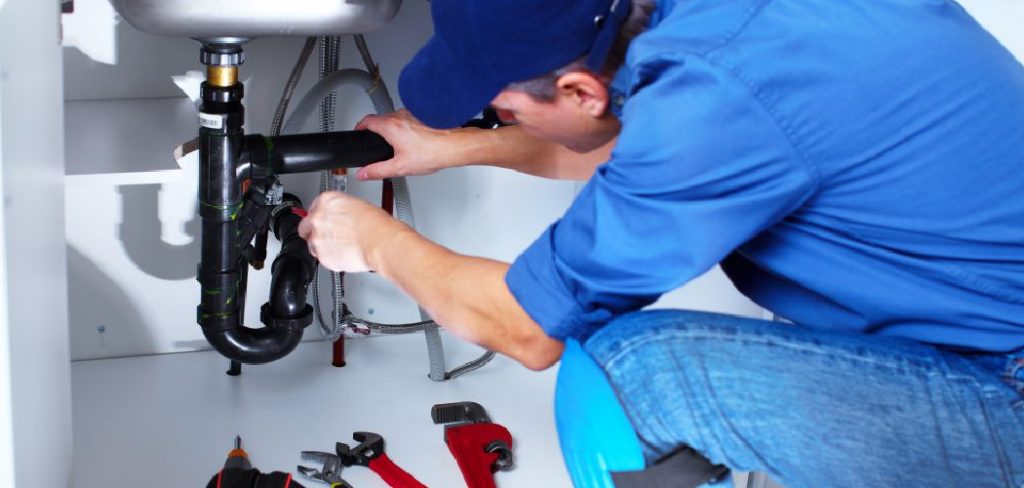
Clogged shower drains are a common household issue that can disrupt your daily routine and lead to potential water damage if left unaddressed. Over time, hair, soap residue, and debris can accumulate in the drain, slowing or completely blocking water flow. Fortunately, how to fix clogged shower drain is often a straightforward process that can be handled without the need for professional assistance. With a few tools and the proper techniques, you can resolve the problem quickly and restore your shower’s functionality.
This guide will walk you through effective methods for unclogging and maintaining your shower drain to prevent future blockages.
What Are the Benefits of Fixing a Clogged Shower Drain?
Fixing a clogged shower drain offers several benefits, including:
- Improved Water Flow and Drainage: A clogged shower drain can lead to standing water in the tub or slow draining. Fixing the clog can restore proper water flow and prevent potential damage or mold growth.
- Time and Cost Savings: Rather than spending money on expensive chemical cleaners or calling a plumber, resolving the issue yourself can save time and money. Many of the solutions for unclogging a shower drain involve using everyday household items.
- Prevention of Larger Plumbing Issues: Ignoring a clogged shower drain can eventually lead to more significant problems, such as burst pipes or sewer backups. You can prevent these costly and potentially hazardous situations by addressing the issue promptly.
What Will You Need?
Before you begin, make sure you have the following items on hand:
- Plunger: A plunger is a valuable tool for unclogging drains and can create suction to remove blockages.
- Drain Snake: A drain snake, or plumber’s snake or auger, can reach deep into the pipes to break up and retrieve stubborn clogs.
- Baking Soda and Vinegar: This tried and tested combination creates a chemical reaction that can help dissolve and loosen hair and other debris in the drain.
- Boiling Water: Boiling water can effectively loosen clogs caused by grease or soap residue.
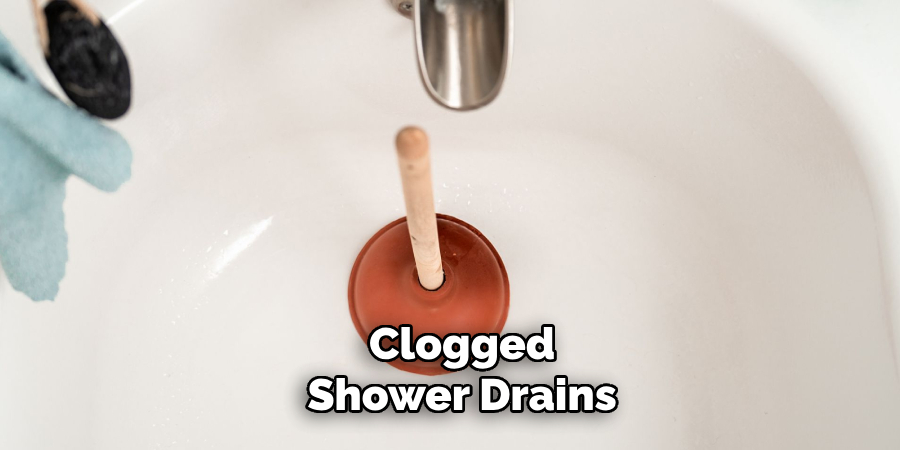
These items are readily available and affordable, making them an excellent first line of defense against clogged shower drains.
10 Easy Steps on How to Fix Clogged Shower Drain
Step 1. Remove the Drain Cover
Use a screwdriver or other appropriate tool to remove the drain cover carefully. If the cover is screwed in place, ensure you keep the screws in a safe location to avoid losing them. For covers that are not screwed in, gently pry them up using a flathead screwdriver or similar tool. Be cautious to avoid damaging the drain cover or the surrounding area. Once removed, clean any debris or buildup from the cover before setting it aside.
Step 2. Use a Plunger
Start by filling the shower basin with enough water to cover the bottom of the plunger. Place the plunger firmly over the drain to create a strong seal. Push the plunger up and down several times using quick and forceful movements to create suction. This motion may dislodge minor clogs and allow the accumulated water to drain away. Once finished, check if the water flows freely. If the clog persists, proceed to the next step.
Step 3. Try the Baking Soda and Vinegar Method
Pour half a cup of baking soda directly into the drain, followed by equal vinegar. Allow this mixture to sit for about 15-20 minutes, during which you’ll notice fizzing — this reaction works to break down grease, soap scum, and other debris. Afterward, flush the drain with a pot of boiling water. This natural, eco-friendly method can often clear stubborn buildup without requiring heavy-duty tools. If the problem isn’t resolved, move to step 4.
Step 4. Use a Drain Snake
If the drain remains clogged, a drain snake, also known as a plumber’s auger, can help tackle deeper or more stubborn blockages. Insert the end of the snake into the drain and slowly push it in while turning the handle clockwise. This motion
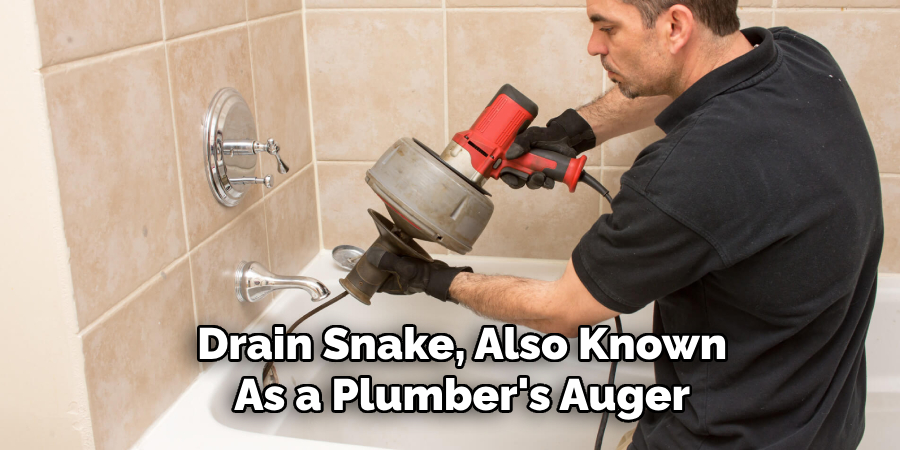
allows the snake to grab onto or break apart the clog as it extends further into the pipe. Once you feel resistance, continue turning to dislodge the blockage, then carefully pull the snake out. Dispose of any debris removed and test the drain by running water. If the clog persists, it may be time to consult a professional plumber.
Step 5. Call a Professional Plumber
If all your attempts to clear the drain have been unsuccessful, it’s time to call in a professional plumber. Some clogs may be caused by deeper issues within the plumbing system, such as tree root intrusions, damaged pipes, or long-term residue buildup requiring specialized tools. Professional plumbers have the expertise and equipment to effectively diagnose and resolve complex problems. While this may involve additional costs, it ensures the issue is handled correctly and prevents potential damage to your plumbing system in the long run.
Step 6. Prevent Future Clogs
Once your drain is clear, take steps to prevent future blockages. Regularly clean your drains by pouring a mixture of hot water and baking soda or a specialized drain cleaner down them. Avoid disposing of substances like grease, coffee grounds, or food scraps in your kitchen sink, and use drain screens to catch hair and debris in bathroom drains. Additionally, scheduling periodic plumbing inspections can help identify and address potential issues before they become significant. Preventative measures can save time, money, and frustration with clogged drains.
Step 7. Know When to Call a Professional
If you have tried the above methods and the drain remains clogged, it may be time to call a professional plumber. Persistent blockages could indicate a more serious issue, such as tree root intrusion, damaged pipes, or a buildup deep
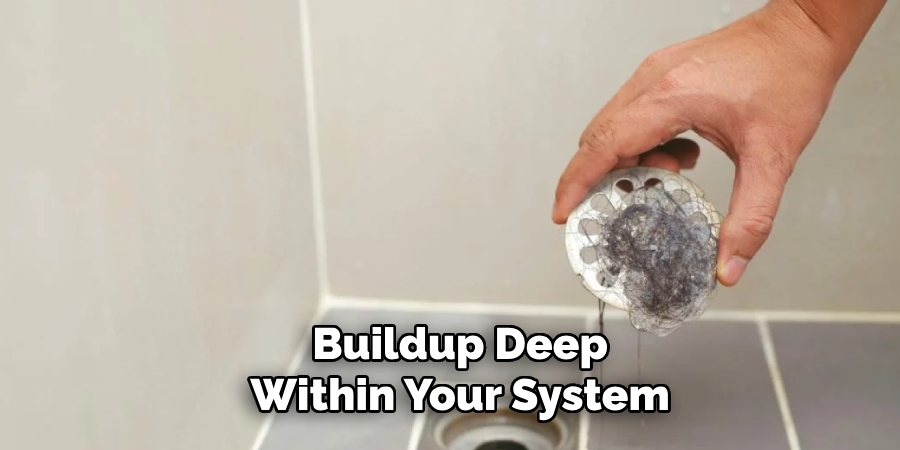
within your system that at-home methods cannot resolve. Professional plumbers have the tools and expertise to handle these situations safely and efficiently, ensuring your plumbing system is restored to optimal function. Don’t hesitate to seek expert help to avoid causing further damage or stress to your system.
Step 8. Consider Regular Maintenance Plans
Consider enrolling in a regular maintenance plan with a trusted plumbing professional to keep your plumbing system functioning smoothly. These plans often include routine inspections, pipe cleaning, and early detection of potential issues. By investing in preventative care, you can extend the lifespan of your plumbing system, minimize unexpected repair costs, and avoid inconvenient plumbing emergencies. Regular maintenance ensures that your home’s drainage and water systems remain efficient and reliable for years to come.
Step 9. Upgrade Outdated Plumbing Fixtures
Upgrading old or inefficient plumbing fixtures can improve your home’s water efficiency and reduce utility bills. Consider replacing outdated faucets, showerheads, or toilets with modern, water-saving options. Look for fixtures labeled with EPA’s WaterSense certification, guaranteeing efficiency and performance. Not only do these upgrades conserve water, but they can also enhance the functionality and aesthetic appeal of your home’s plumbing system. Taking this step is a simple yet impactful way to modernize your home while promoting sustainability.
Step 10. Insulate Pipes to Prevent Freezing
Insulating your home’s pipes is essential to protect them from freezing during colder months. Frozen pipes can burst, leading to costly repairs and water damage. Use foam pipe insulation, heat tape, or pipe sleeves to safeguard your plumbing, especially in unheated areas like basements, attics, or crawl spaces. Proper insulation prevents freezing and improves energy efficiency by reducing heat loss from hot water pipes, ensuring you save on energy costs year-round.
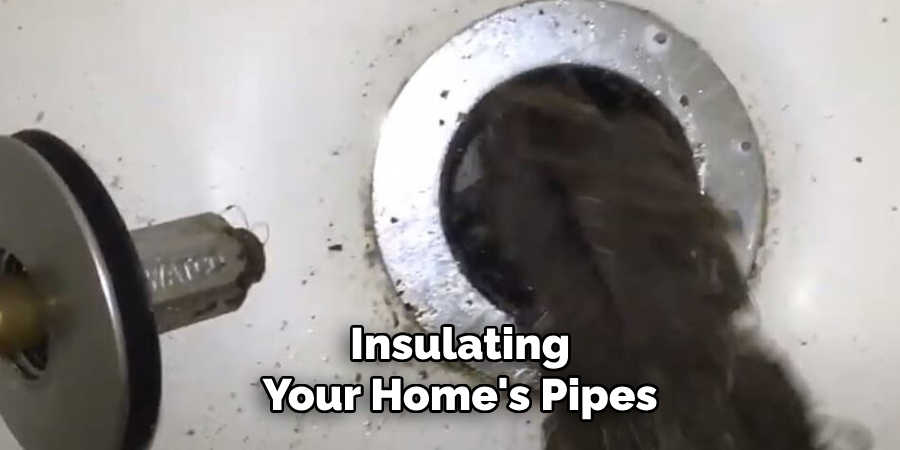
By following these steps, you can address common clogs and take proactive measures to maintain your plumbing system’s longevity and functionality.
5 Things You Should Avoid
- Using Harsh Chemical Drain Cleaners: While chemical drain cleaners might seem like a quick fix, they can cause significant damage to your pipes over time. The harsh chemicals can corrode metal and PVC plumbing, leading to leaks or pipe replacement. Opt for eco-friendly alternatives or mechanical tools instead.
- Ignoring the Problem: Delaying the cleaning of a clogged shower drain can lead to exacerbated issues such as complete blockages or unpleasant odors. Addressing the clog promptly will save you time, money, and inconvenience.
- Forcing Tools into the Drain: Using inappropriate tools or excessive force to clear a clog can damage the pipes or push the blockage more profound into the system. Always use tools designed for plumbing tasks, such as a plumbing snake or plunger, and operate them carefully.
- Pouring Grease or Oil Down the Drain: Grease and oils can solidify and adhere to the walls of your pipes, causing a significant buildup over time. Avoid using your shower as a disposal point for greasy substances, as they can worsen clogs and deteriorate the plumbing system.
- Overlooking Regular Maintenance: Failing to perform routine maintenance on your shower drain, such as removing hair or debris, leads to recurring clogs. Investing time in monthly upkeep can help prevent buildup and extend the life of your plumbing system.
Conclusion
How to fix clogged shower drain requires a combination of proactive maintenance and proper techniques.
Start by identifying the cause of the clog, whether it’s hair, soap scum, or another obstruction. Use a plunger or a plumbing snake to dislodge the debris, and consider natural solutions like a mixture of baking soda and vinegar to break down buildup. Avoid chemicals that can harm your pipes, and always remember preventative measures, such as using a drain cover and cleaning regularly.
You can ensure a smooth and problem-free plumbing system by addressing clogs promptly and maintaining your drain.
About the Author
Adrian Green is a passionate woodworking enthusiast who has dedicated his life to the craft of woodworking. From his early days working alongside his father in the family woodworking shop, Adrian has honed his skills and developed a deep love for creating beautiful, functional pieces with his hands. As the voice behind The Woodenify Blog, he shares his knowledge, tips, and inspiration with fellow woodworkers of all skill levels, helping them build confidence in their abilities while learning new techniques.
Professional Focus
- Specializes in DIY woodworking projects, from furniture making to home décor.
- Provides step-by-step guides, tips, and practical tutorials for woodworkers at any skill level.
- Focused on empowering readers with confidence and knowledge through easy-to-follow instructions and hands-on techniques.
- Passionate about building a community where makers can share, learn, and grow together in the world of woodworking.
Education History
University of Craft and Design – Bachelor of Fine Arts (BFA) in Woodworking and Furniture Design
Woodworking Apprenticeships – Gained extensive hands-on experience through various workshops and mentorships with seasoned craftsmen, refining carpentry and furniture-making skills.
Expertise
- DIY woodworking, carpentry, furniture making, and home décor projects.
- Creating clear, accessible tutorials and guides for beginner to advanced woodworkers.
- Helping readers experience the satisfaction and fulfillment of turning raw materials into stunning finished products.
